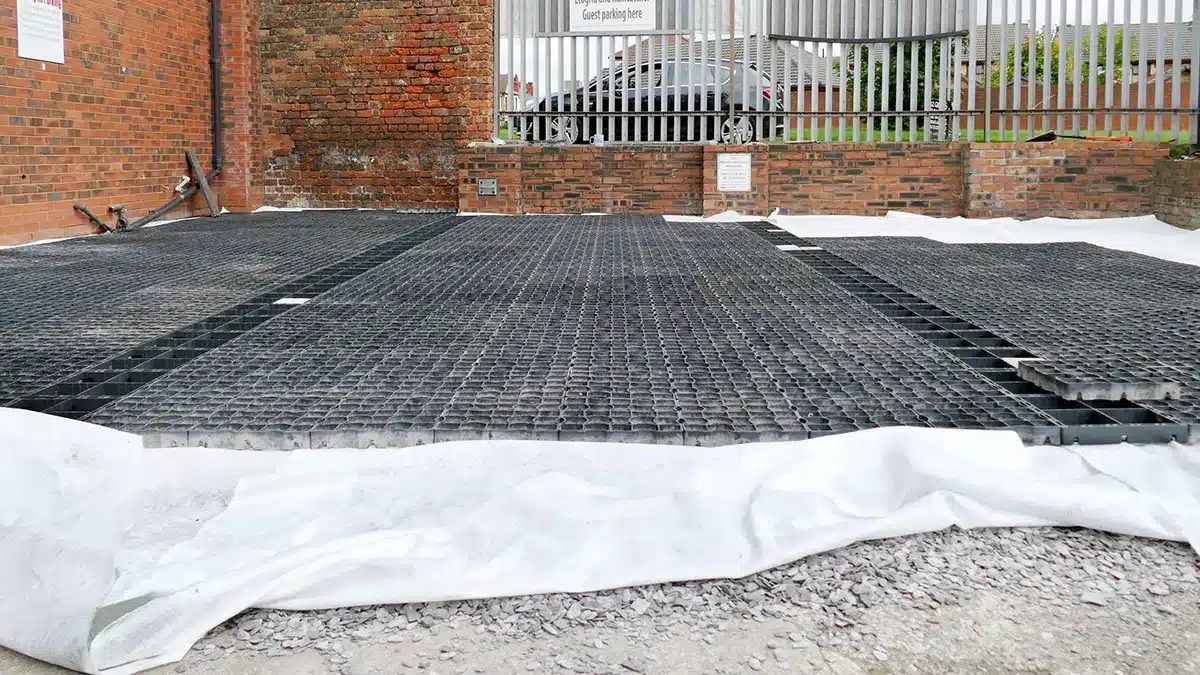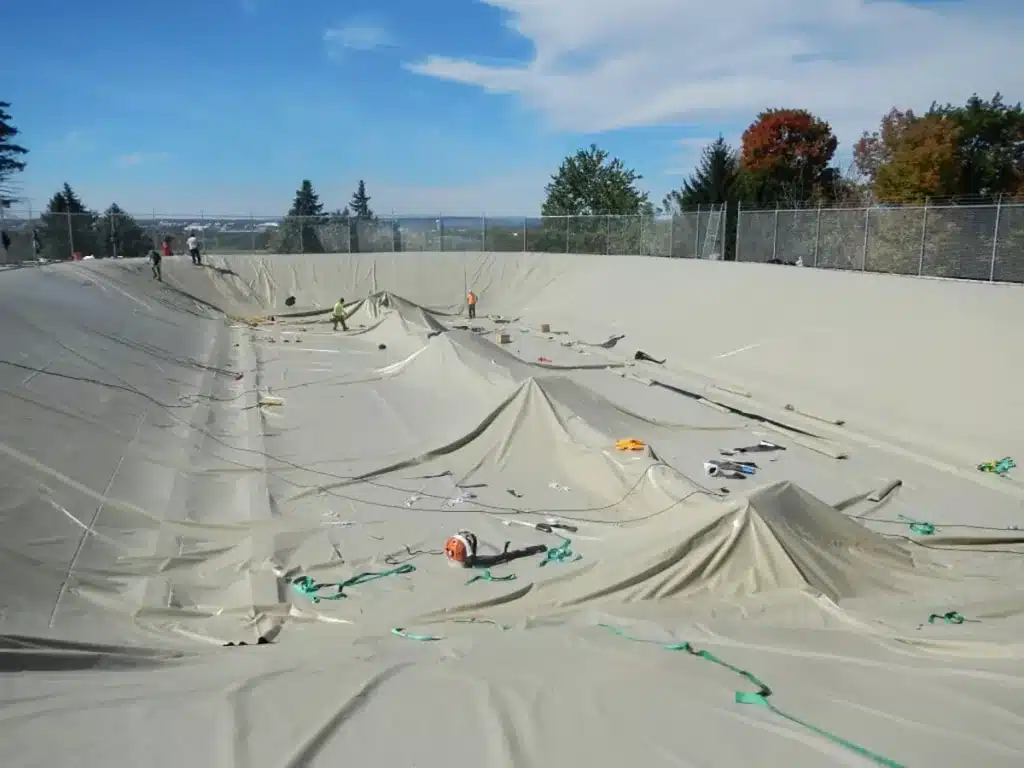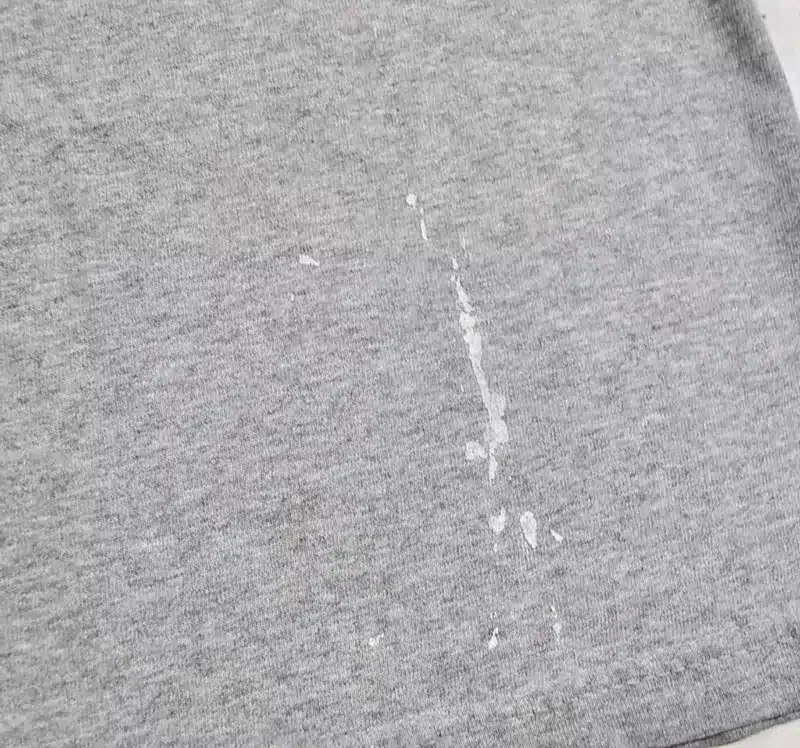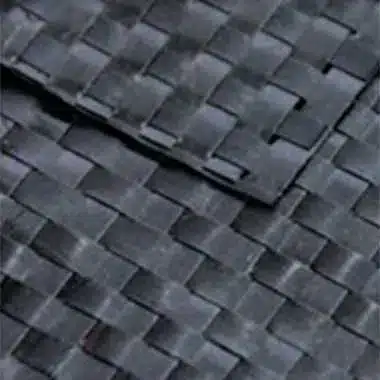+86-159 9860 6917
info@geofantex.com
geofantex@gmail.com
+86-400-8266163-44899
In the quest for sustainable and eco-friendly construction methods, the concept of vegetated geotextile walls is gaining traction among engineers and environmentalists alike. This innovative approach not only offers a solution to erosion control and land stabilization but also enhances the aesthetic and ecological value of landscapes. This article delves into the essence of vegetated geotextile walls, exploring their definition, applications, and the pivotal role of geotextiles in their construction.

What is a Vegetated Retaining Wall?
Vegetated Retaining Wall
Purpose: A Vegetated Retaining Wall is designed to support and retain soil, especially on slopes, while incorporating vegetation into its structure. This type of wall provides both structural stability and environmental benefits.
Construction:
- Foundation: A sturdy foundation is essential, often involving concrete footings to support the wall’s weight and the soil it retains.
- Wall Structure: The wall is built using various materials like concrete blocks, gabions (wire mesh filled with rocks), or geosynthetic materials. These structures provide the necessary support.
- Vegetation Integration: The wall is designed with spaces or pockets where plants can grow. These might be pre-formed cavities in blocks or spaces between gabion stones.
- Soil and Planting: Appropriate soil mix is used to fill the spaces, ensuring good drainage and nutrient availability. Native or specially selected plants are then planted in these spaces.
Materials Used:
- Concrete Blocks: Durable and can be pre-formed to include planting spaces.
- Gabions: Flexible, allowing for a natural look and good drainage.
- Geosynthetic Materials: Used for reinforcement and to support plant growth.
- Soil Mix: Chosen based on the type of vegetation and drainage needs.
- Vegetation: Native plants or those suited to the local climate and soil conditions.
Benefits:
- Environmental Impact: Vegetated walls enhance biodiversity, provide habitats for wildlife, and improve air quality.
- Aesthetic Appeal: The greenery offers a visually pleasing alternative to bare concrete or stone walls.
- Erosion Control: The roots of the plants help bind the soil, reducing erosion more effectively than traditional retaining walls.
- Thermal Regulation: Vegetated walls can help regulate temperature, reducing heat in urban areas.
- Water Management: These walls can improve water infiltration and reduce runoff.
What is the Use of Geotextile in Retaining Walls?
Purpose and Benefits of Using Geotextile in Retaining Walls
Introduction to Geotextile: Geotextiles are permeable fabrics used in conjunction with soil, having the ability to separate, filter, reinforce, protect, or drain when used in civil engineering projects.
Functions of Geotextile in Retaining Walls:
- Separation: Prevents the mixing of different soil layers, maintaining the integrity of the structure.
- Filtration: Allows water to pass through while retaining soil particles, preventing erosion.
- Reinforcement: Enhances the strength and stability of the retaining wall by distributing loads.
- Drainage: Facilitates the removal of water from the soil behind the retaining wall, reducing hydrostatic pressure.
Advantages:
- Improved Stability: Reinforces soil, leading to a more stable retaining wall structure.
- Erosion Control: Protects against soil erosion by filtering water and retaining soil particles.
- Cost-Effective: Reduces the need for extensive drainage systems and other erosion control measures.
- Longevity: Increases the lifespan of the retaining wall by preventing structural damage due to water and soil erosion.
Impact on Performance and Longevity:
- Enhanced Load Distribution: Helps in the even distribution of loads, reducing the stress on the retaining wall.
- Reduced Maintenance: Minimizes the need for frequent maintenance by protecting the wall from water damage and soil erosion.
- Durability: Made from durable materials that can withstand various environmental conditions, ensuring long-term performance.
Conclusion: The use of geotextile in retaining walls significantly improves their performance, stability, and longevity by providing essential functions such as separation, filtration, reinforcement, and drainage. These benefits make geotextiles a vital component in the construction and maintenance of retaining walls.

What is a Geotextile Wall?
A Geotextile Wall is a type of retaining wall that utilizes geotextile fabrics to reinforce and stabilize soil. Below is a detailed explanation of its various aspects:
Purpose
Geotextile walls are designed to provide structural support to slopes and embankments, preventing soil erosion and maintaining the integrity of the landscape. They are often used in civil engineering projects, such as road construction, embankment stabilization, and shoreline protection.
Construction
The construction of a Geotextile Wall involves the following steps:
- Excavation: Preparing the site by excavating the area where the wall will be built.
- Base Preparation: Creating a stable base, often with a layer of compacted gravel.
- Layering: Laying down geotextile fabric layers and backfilling with soil or aggregate. These layers are alternated and compacted to ensure stability.
- Reinforcement: Adding additional layers of geotextile fabric to reinforce the structure as needed.
- Finishing: Completing the wall with a final layer of soil and vegetation to blend it with the surrounding environment.
Materials Used
- Geotextile Fabrics: Made from synthetic materials like polyester or polypropylene, these fabrics are chosen for their strength, durability, and resistance to environmental factors.
- Soil or Aggregate: Used as fill material between the layers of geotextile fabric.
- Vegetation: Often planted on the outer layer to provide additional erosion control and aesthetic appeal.
Advantages
- Cost-Effective: Typically cheaper to construct compared to traditional retaining walls.
- Flexibility: Can adapt to ground movements and settle without significant damage.
- Environmental Benefits: Promotes vegetation growth, which helps in erosion control and provides a more natural appearance.
- Ease of Installation: Quicker and easier to install than conventional retaining walls.
Comparison to Traditional Retaining Walls
- Material Use: Traditional retaining walls use concrete, stone, or brick, while geotextile walls rely on synthetic fabrics and soil.
- Construction Time: Geotextile walls can be built faster due to simpler construction methods.
- Maintenance: Geotextile walls generally require less maintenance once vegetation is established.
- Aesthetics: Geotextile walls can blend better with natural surroundings due to vegetation growth.
Geotextile walls are an innovative and efficient solution for soil stabilization and erosion control. They offer several advantages over traditional retaining walls, including cost savings, flexibility, and environmental benefits.
What are the 3 Main Uses of a Geotextile?
Geotextiles are versatile materials used in various civil engineering and construction projects. Their primary functions and applications can be categorized into three main uses:
Separation:
- Function: Geotextiles act as a barrier to prevent the mixing of different soil layers. This separation is crucial in maintaining the integrity of each layer’s characteristics, which can be vital for the overall stability and performance of a structure.
- Application: In road construction, geotextiles are placed between the subgrade (native soil) and the aggregate base (gravel or crushed stone). This prevents the intermixing of the two layers, thereby enhancing the load-bearing capacity and lifespan of the road.
Filtration:
- Function: Geotextiles allow water to pass through while retaining soil particles. This filtration property helps in managing water flow and preventing soil erosion.
- Application: In drainage systems, geotextiles are used to wrap around perforated pipes or drainage trenches. They allow water to enter the drainage system while keeping the soil particles out, thereby preventing clogging and ensuring efficient drainage.
Reinforcement:
- Function: Geotextiles provide tensile strength to soil, improving its load-bearing capacity and reducing deformation under stress. This reinforcement enhances the structural stability and longevity of various infrastructure projects.
- Application: In retaining wall construction, geotextiles are used to reinforce the soil behind the wall. They distribute the load more evenly and help in stabilizing the soil, preventing wall failure and increasing the durability of the structure.
Vegetated geotextile walls represent a harmonious blend of engineering and nature, offering a sustainable alternative to traditional retaining wall systems. By leveraging the unique properties of geotextiles for separation, reinforcement, and drainage, these living walls not only stabilize and protect the landscape but also promote ecological balance. As the world moves towards greener construction practices, the adoption of vegetated geotextile walls is set to increase, marking a significant step forward in the integration of environmental considerations into civil engineering projects.



Get Free Sample
We’ll respond as soon as possible(within 12 hours)





















